cell
Latest

What if your next electric car's body was also its battery?
EV batteries are large and expensive. Nanom thinks it has a solution: a cheaper, longer-lasting cell that can be built right in to the structure of a vehicle.
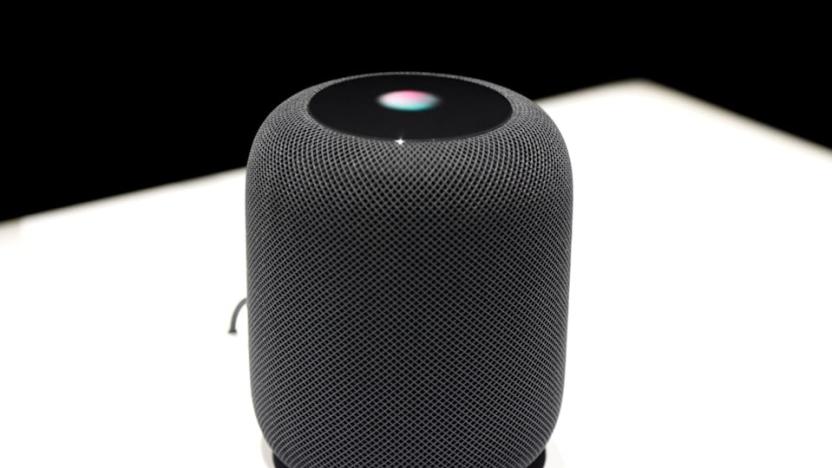
Two of Apple's former HomePod masterminds prep a 'revolutionary' speaker
Two of the key people behind Apple's HomePod are part of a startup that hopes to shake up the speaker world -- if everything goes according to plan.

Scientists unveil 3D microscope that visualizes cells without damaging them
There's a problem in cell biology research: to study what happens inside a cell, it has to be destroyed. When scientists use a traditional microscope to observe a cell, they use stains -- chemicals that color parts of the cell to make them visible. However, these stains cause damage and kill the cell prematurely. This might not be a problem for long though, as scientists at the Swiss Federal Institute of Technology (EPFL) have developed a technique to look inside living cells without damaging them.

Tesla is quietly developing its own EV battery cells
Tesla has powered its electric cars using Panasonic's battery cells for years, but it may ready for a greater degree of independence going forward. Employees talking to CNBC claim that Tesla is developing its own "advanced" lithium-ion battery cells as well as the processes to manufacture them at scale. The company reportedly conducts some of its research at a "skunkworks" facility minutes away from its Fremont plant.
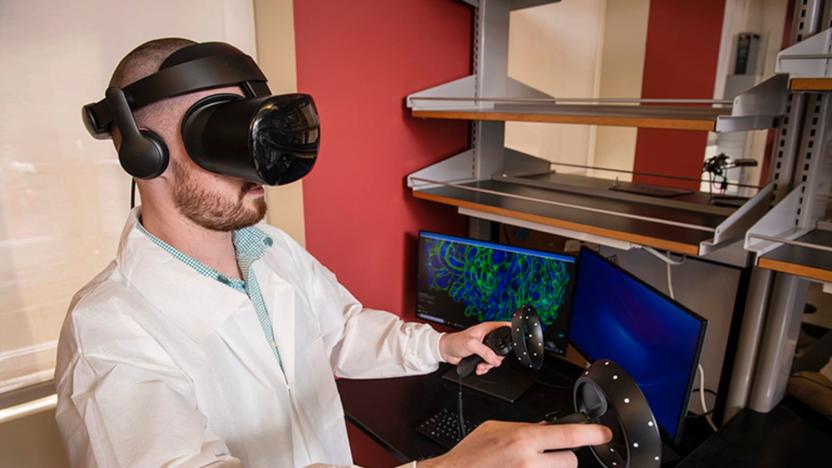
VR and microscopy help scientists see 'inside' diseases
You can only learn so much about cells by studying 2D pictures, and 3D microscope technology can produce an abundance of data that might be hard to decipher. Researchers at Carnegie Mellon University and Virginia Mason have an answer, though: let scientists walk 'inside' the cells. They've combined virtual reality with expansion microscopy (which grows samples by over 100 times) to explore cell data that would otherwise be too complex to handle. Once the cells have been imaged, labeled and compiled into data, a custom technique turns the 2D info into 3D environments.

New solar cell generates hydrogen and electricity at the same time
In the ongoing pursuit of abundant, renewable alternatives to fossil fuels, scientists have produced hydrogen for fuel cells through artificial photosynthesis, which splits water into hydrogen and oxygen. Traditional processes have struggled to use optical, electronic and chemical properties in a way that makes this method efficient, but now researchers from Berkeley Lab have created a recipe that could completely bypass the limitations in current materials.
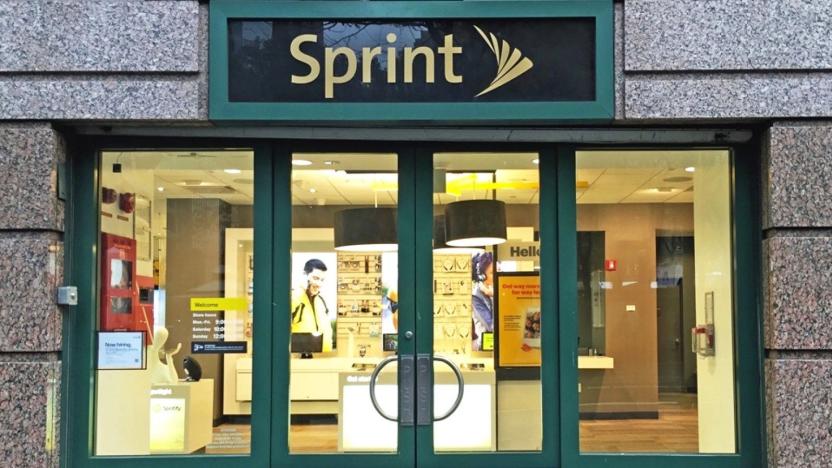
Sprint and LG hope to launch the first 5G smartphone next year
Now that 5G has a complete standard for companies to use in rolling out new devices, Sprint and LG have announced their intentions to bring the "first 5G smartphone" to the US in the first half of 2019.
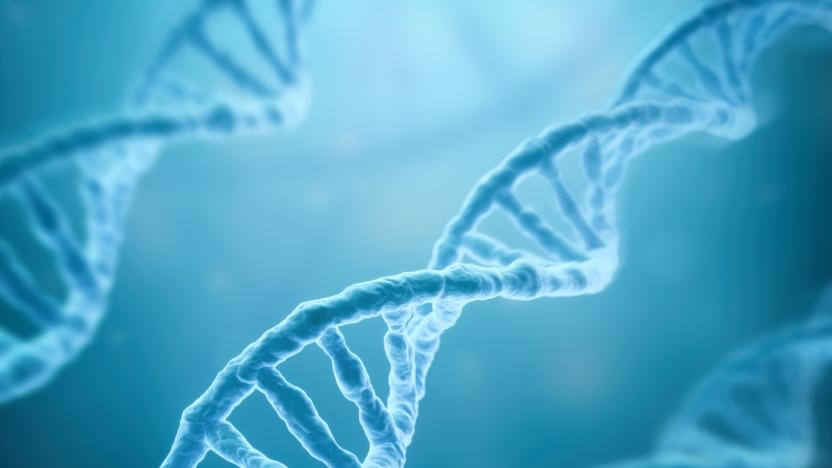
Science takes a step toward coding virus-resistant human cells
In 2016, scientists unveiled one of the most ambitious genetic engineering efforts yet: Genome Project-write wanted to do nothing less than create (not just edit) human cells immune to all known viruses. There was a rough start that included dramatic funding shortfalls, but it now looks like the initiative is getting underway in earnest. Harvard's Wyss Institute and French immunotherapy company Cellectis have formed a partnership that will see Cellectis supply genome engineering tools to a Wyss team led by George Church. They'll use custom enzymes to remove redundant codons (nucleotide "triplets" that produce amino acids for specific proteins) and prevent viruses with those codons from hijacking cells to produce copies of themselves.
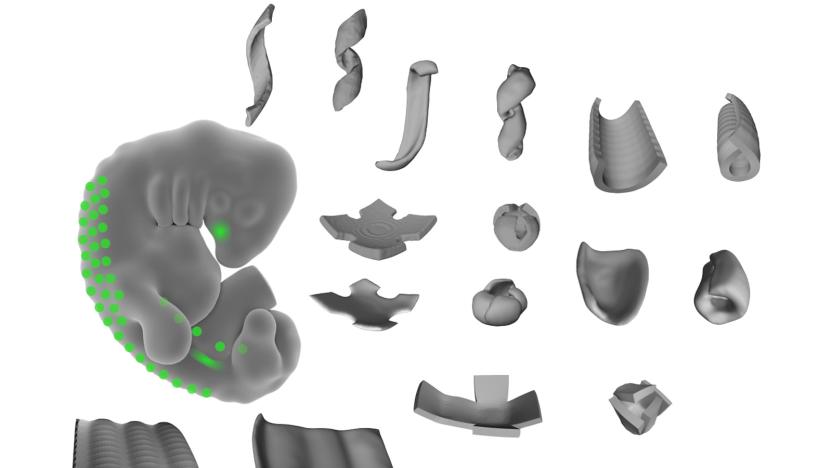
Scientists 'hack' cells to create 3D shapes from live tissue
Never mind 3D-printing organs -- the real dream is to make the tissue itself bend to your will, and UCSF scientists have managed just that. They've discovered that they can 'hack' special cells that help fold tissue (mesenchymal cells) to create 3D shapes out of live tissue. The trick is to lay out these cells in specific patterns that "tug" on other cells' extracellular matrix fibers. You can create surprisingly diverse items, ranging from simple bowls and ripples to decidedly unnatural items like cubes and coils.
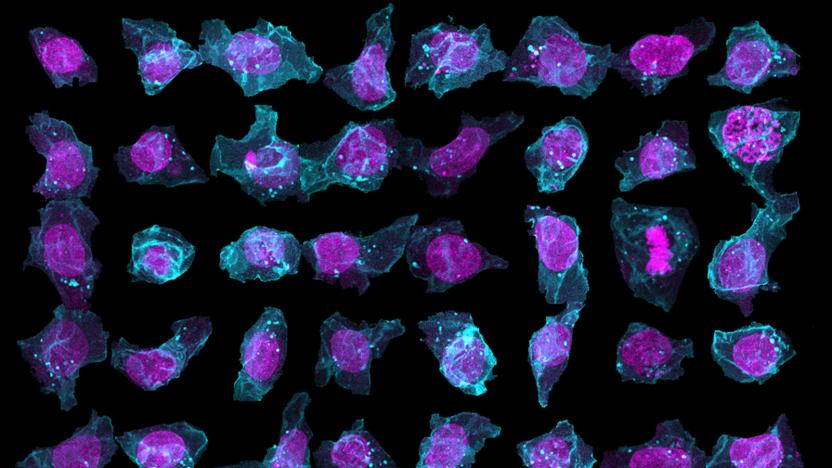
AI predicts the layout of human stem cells
The structures of stem cells can vary wildly, even if they're genetically identical -- and that could be critical to predicting the onset of diseases like cancer. But how do you know what a stem cell will look like until it's already formed? That's where the Allen Institute wants to help: it's launching an online database, the Allen Cell Explorer, where deep learning AI predicts the layout of human stem cells. You only need a pair of identifying structures, like the position of the nucleus, to fill out the rest of the cell's innards.

Artificial cell membranes could lead to more effective drugs
Medical science often targets drugs at the proteins in cell membranes. But how do you study everything about their behavior when you can't control them? That's what UC San Diego researchers aim to fix. They've developed artificial cell membranes that grow and model themselves just like those in mammal cells, making them ideal for testing how drugs will behave. The trick is to use reversible chemical reactions that remodel phospholipids (key molecules in the cell membrane) and make the cell 'recycle' them, rather than generate them from scratch. That, in turn, saves the cell a lot of effort as its membrane grows.
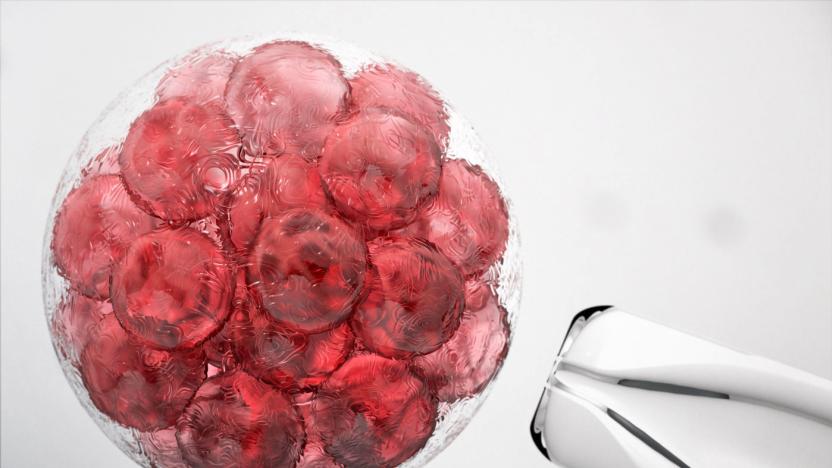
Living circuits can handle complex computing
Gene-based circuits are about to get decidedly more sophisticated. MIT scientists have developed a method for integrating both analog and digital computing into those circuits, turning living cells into complex computers. The centerpiece is a threshold sensor whose gene expression flips DNA, converting analog chemical data into binary output -- basically, complex data can trigger simple responses that match the language of regular computers.
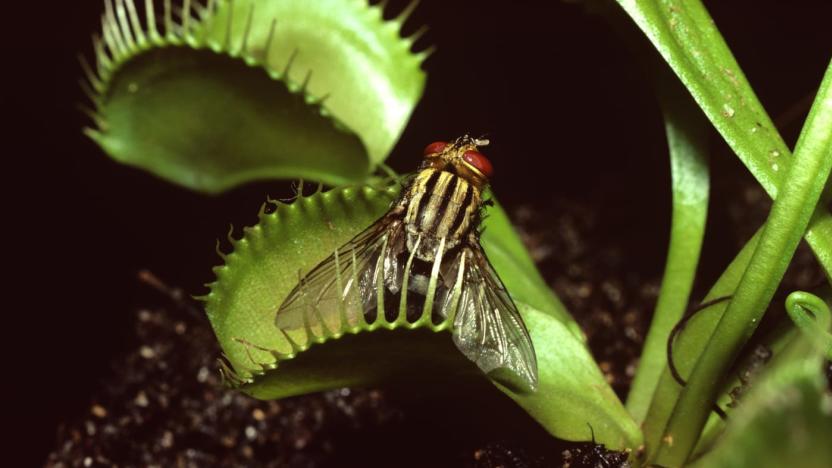
Venus flytraps are far from 'dumb'
When I was a kid, I had a Venus flytrap that lived all of about a week. I couldn't figure out why it hadn't eaten the morsel of raw hamburger I'd put in its "mouth," and it died of starvation shortly after the beef grew white fuzzies on it. Turns out I hadn't triggered the hairs inside the plant's jaws that cause them to close and its digestive system to start producing the enzymes that break down food. In a recent research paper noticed by the BBC, scientists from the University of Würzburg discovered that the amount of times those follicles are triggered corresponds to what the carnivorous plant's guts do, in addition to how it absorbs nutrients from captured-and-digested prey.

Colorful 3D cancer models show how tumors grow
Cancer is a terrible thing, but a beautiful representation of it might just help health care experts treat the disease more effectively. An international team of researchers has developed a 3D tumor simulation that shows how cancerous cells grow and mutate unevenly over time. Each color you see in a given model represents a different mutation -- the more successful one of these aberrations is at migrating and reproducing, the more its color dominates the tumor. The simulation is also much better than previous models at representing the overall shapes of tumors, illustrating the bulges that come as the cancer rapidly outgrows any nearby healthy cells.

Cell service out for thousands across the American Southeast
Cellular service appears to be down across every major provider throughout Tennessee, Alabama and Kentucky with Nashville, Chattanooga, and Knoxville being the hardest hit. According to the website Down Detector, more than 10,000 AT&T, 1,000 Verizon, 7,000 T-Mobile and 300 Sprint customers are without internet or phone access. None of the affected companies have disclosed the specific reason for the outage yet, though they all have already issued vague statements about how they're working on the issue. Update: Verizon is reporting the issue is resolved as of 8PM ET, however we haven't seen an update from the others yet.

Agar.io brings massively multiplayer games to the petri dish
Most massively multiplayer online games take place in epic fantasy worlds or the distant future, but one of the latest sensations takes place on a much, much smaller scale. Agar.io pits thousands of players against each other in a web-based petri dish, where each gamer represents a cell. Your only real goal is to grow larger than everyone else by swallowing other cells and dodging your bigger rivals. It sounds simple, but it can get very hectic -- and it's a good abstraction of the fierce survival-of-the-fittest competition that you sometimes see on the microscopic level.

Scientists grow whole organs inside animals for the first time
Researchers have had success growing organs in controlled lab environments, but repeating that feat inside a complex, messy animal body? That's more than a little tricky. However, researchers at the University of Edinburgh have managed that daunting feat for the first time. They've grown thymus glands inside lab mice by "reprogramming" the genes in tissue-regenerating cells and partnering those with support cells. The team didn't have to use scaffolds or other "cheats" to trigger the growth; it just injected the cells and waited. There weren't even any obvious limitations. The organs were full size (unlike the baby-like results from some experiments), and they were just as efficient at producing virus-fighting T-cells as the real deal.

World's smallest nanomotor can pump drugs into cells at 18,000 RPM
Scientists at the Cockrell School of Engineering in Texas have created a nanomotor less than one micrometer in diameter, smaller even than a cell. Powered by electric fields, it consists of a nanowire, magnet and electrode and can spin at a terrifying-sounding 18,000 RPM for over 15 hours (see video below). That's as fast as a jet engine, but don't worry (much). During testing, it showed the ability to pump fluids at hyper-fast speeds and to move around freely in other liquids. That opens up beneficial applications like highly controlled insulin delivery, or devices that could specifically target malignant cells. Of course, that would mean you'd have to let intelligent nano-devices with mini-saws roam about your body -- I guess you're allowed to be a bit terrified.

AT&T relaunches Cricket prepaid brand with nationwide 4G coverage
It's a brand new day for Cricket, AT&T's budget wireless arm. Last year, the mobile giant announced plans to acquire Leap Wireless, Cricket's parent company, and has since launched a major refresh, formally introducing the new service today. After purchasing new devices, Cricket customers will be able to access AT&T's nationwide 4G network, including LTE. All plans include unlimited domestic calling, messaging and international texting to 35 countries, and come in at $35, $45 and $55 monthly (after a $5 auto pay credit), with 500MB, 2.5GB and 5GB of data, respectively. You won't be charged for data overages -- instead, Cricket will cap your speed at 128 Kbps for the rest of the billing period.

Scientists create 'semi-synthetic' living cells with extra DNA letters
It turns out that your biology teacher (and a certain 1997 sci-fi flick) got something wrong -- DNA isn't necessarily limited to four letters. Scripps Research Institute scientists tell Wired that they've created living cells which include two artificial letters (that is, nucleotides) in their genetic code in addition to the naturally occurring A, C, G and T. The researchers' primary obstacle was making sure these nucleotides cooperated with the enzymes that copy and transcribe DNA; after that, it was just a matter of getting some E. coli bacteria to accept and propagate the newly augmented sequences.








